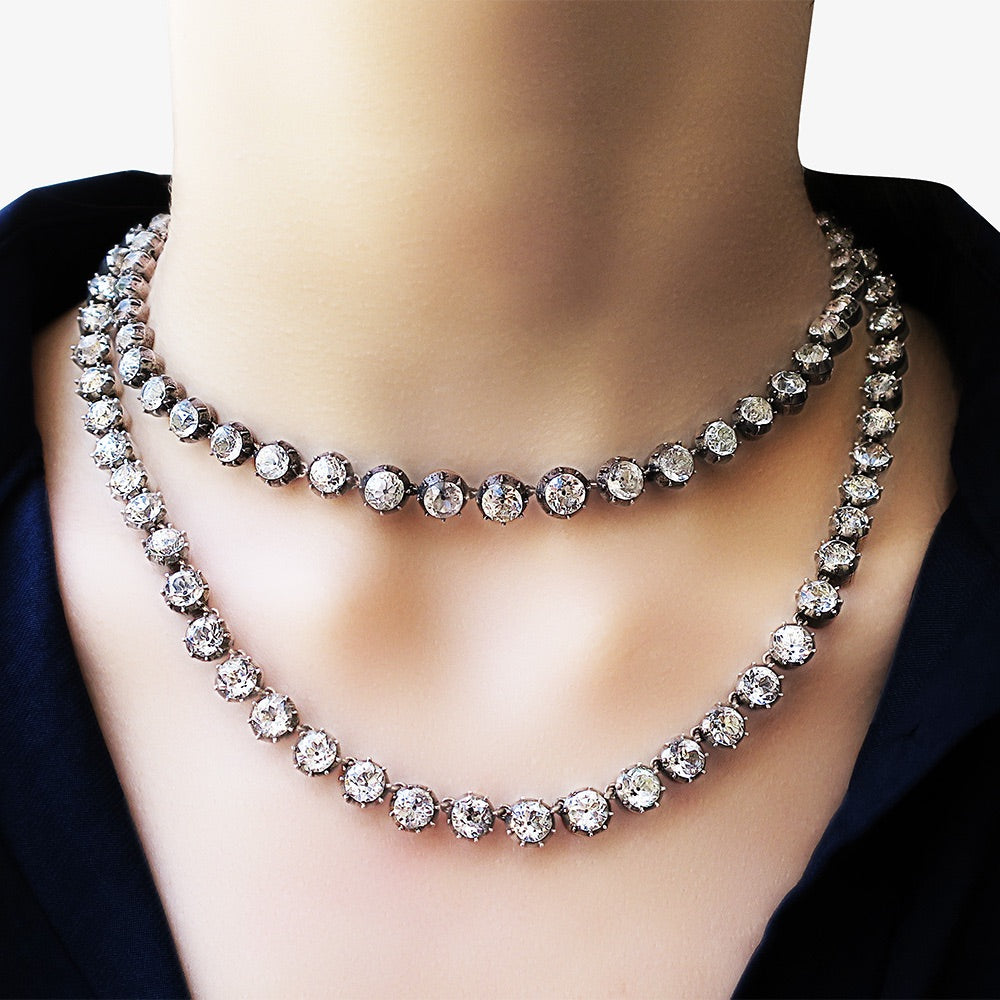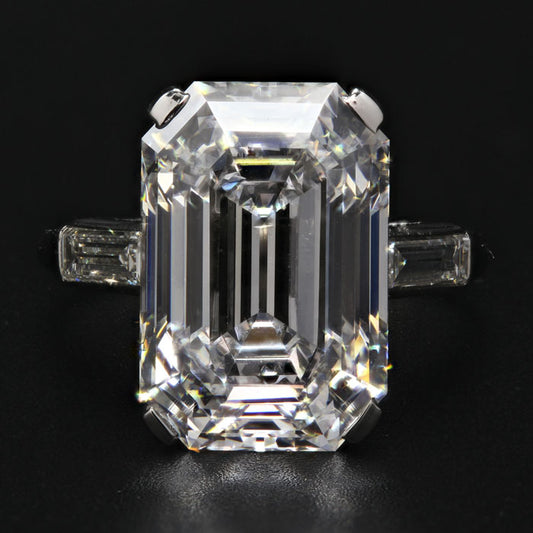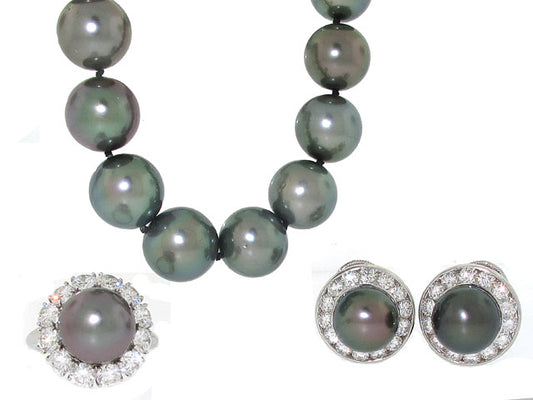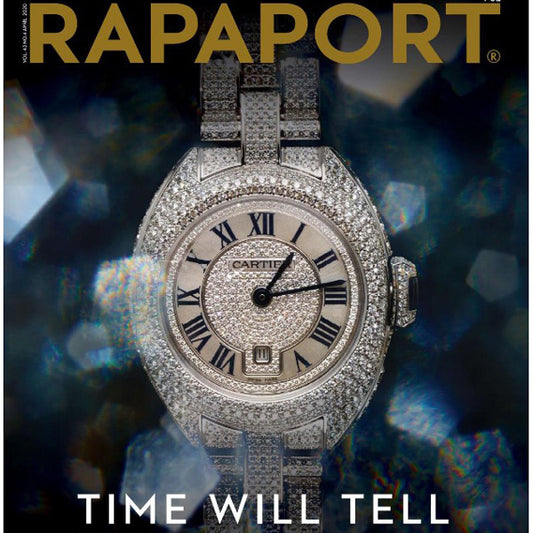The Merriam-Webster dictionary defines paste as “a brilliant glass of high lead content used for the manufacture of artificial gems” and indeed that is its technical definition, but it leaves much unsaid. Vintage necklaces, earrings, rings, hair ornaments, tiaras and belt buckles made of “paste” are every bit as alluring and captivating as their counterparts made with actual diamonds and precious colored stones.
Long before jewelers had the tools and know-how to facet diamonds as brilliantly as can be done today using modern machinery and techniques, glass, alloyed with lead for durability, facilitated the transformation of ordinary material into diamond-like stones and was used extremely effectively in the creation of truly magnificent pieces. Paste was, of course, a less expensive alternative to natural diamonds and colored stones, but it was appreciated both then and now for having an appeal and artistry all its own as jewelers could create imaginative and ornate jewels from this more malleable material in ways the composition and strength of diamonds did not then allow.
In fact, pieces made from paste were de rigueur for aristocratic women of the period. It first became a popular material during the Georgian era (1714-1837), when, as early as 1675, George Ravenscroft developed a hard, leaded glass composite that simulated the appearance of diamonds. In 1734, M. Georges-Frédéric Stras of Paris added an even higher content of lead to glass in order to create an even stronger material that could handle the pressure of high polish, opening up the possibilities of what paste could look like. Paste gems were often set using a method called foiling, where the “stones” were backed by a sliver of either colorless or colored foil placed inside the mounting to add depth, brilliance and shine to clear glass and to intensify the hue of colored glass. This practice so improved appearance that in candlelight it was nearly impossible to tell the difference between a creation made of precious material and one made of paste.
While paste jewels were enjoyed on their own for their beauty and artistry, they served a practical purpose as well. Wealthy women, fearful of being robbed of their even more precious family heirlooms while traveling in their carriages at night often had custom copies of their jewels fabricated in paste. While traveling in such a manner to house parties on estates far afield is no longer the custom, those antique jewels made in paste which have survived through the centuries are highly valued today for their chic style, fascinating history and of course, rarity.








